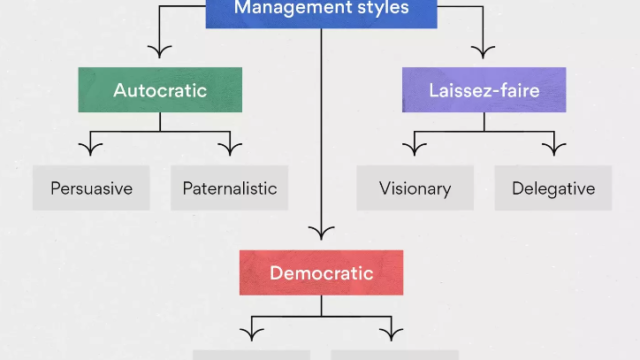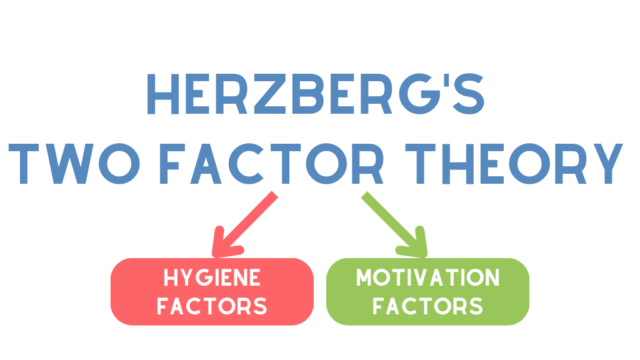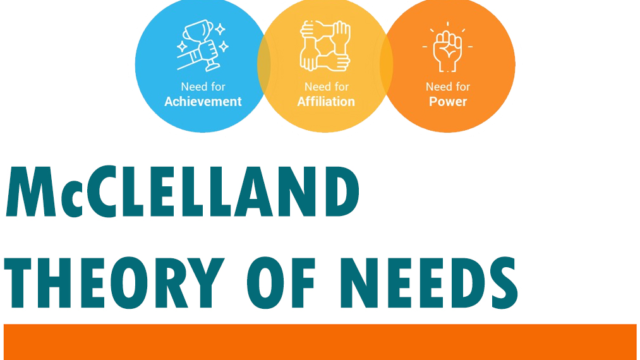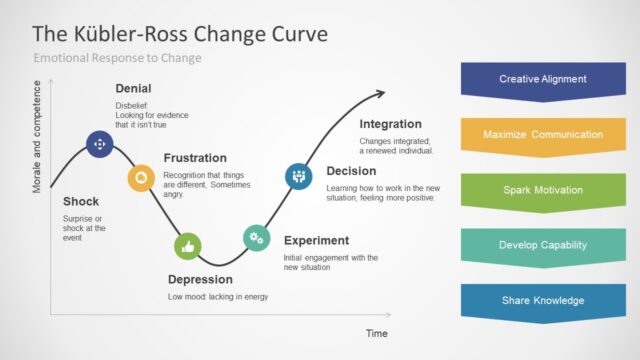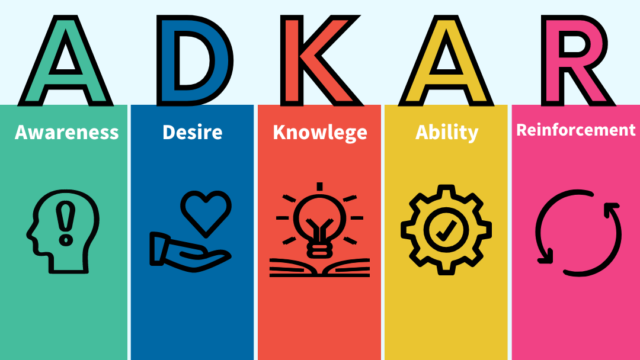The NAOMIE Approach to Planning
I was first introduced to the NAOMIE planning model when I worked with the Hampshire Youth Service – too many years ago to mention. It is a planning tool that I have continued to use in business and social clubs. I have always found it a practical model and have always been surprised that more firms and managers haven’t adopted it. I guess there are many to choose from, so forgive me for adding another one to your already heady mix!
Planning models are created for the user to be able to show evidence that all parts of the process / project being planned for have been taken into consideration and that nothing has been left out. This cyclical model allows you to achieve that effortlessly.

Needs
Determining the need for the project.
Here are some critical questions to ask yourself at this stage. You need to be able to answer these questions before you can progress to the next stage of the process.
- Why are you considering doing this project/ activity / piece of work?
- What are the needs of the people who will be using the project / activity / piece of work?
- What are the needs of the project as a whole?
- Have you considered that these needs may not be within other people’s / organization’s agenda?
- Is there really a need?
- How do you know there is a need?
- What evidence do you have to show there was a need in the first place?
- Who authorized or identified the need?
Aims
What is the overall point of completing this project? This is where you identify the overarching aim that umbrella the entire project. This aim or ‘statement of intent’ will give you a direction to travel. The aim does not need to have a timescale or be too specific, but it can be used as a general measure of success at the end of the project.
Objectives / Outcomes
These are the valid and measurable points that you will be measuring the project on. These will be written in a SMART (Specific, Measurable, Achievable, Realistic, Time-Bound) way. Each objective or desired outcome must have a measurable verb and a completion date. If they are not specific enough,h you will not be able to measure the results. To achieve all the objectives set ou,t the NAOMIE model may have to be navigated through more than once after evaluation. There should be a minimum of three objectives, and the maximum number is up to you. However, I would stop at six.
Methods
This is where you explain in ‘layman’s terms what you intend this work to look like. What methods are you going to use in order to achieve your objectives and desired outcomes?
Implementation
- How will you implement / deliver this project?
- How many people do you need?
- What tools are required?
- What other resources are needed?
- What is the timescale for completion?
Evaluation
This is the most important part of the process. This is where you look back at the overarching aim and the objectives or desired outcomes to see if the project has worked and achieved what you set out to achieve. This is where you also ask:
- Is there anything else we need to do?
- Are there any other needs that have been created from the project?
If there are, you may want to create a new NAOMIE chart and begin the process again.
A genuinely critical analysis will show if the project has succeeded and highlight the problem areas that need to be worked on should the project be repeated.
Founder
Related Topics
The NAOMIE Approach to Planning 0 reviews
Login to Write Your ReviewThere are no reviews yet.



